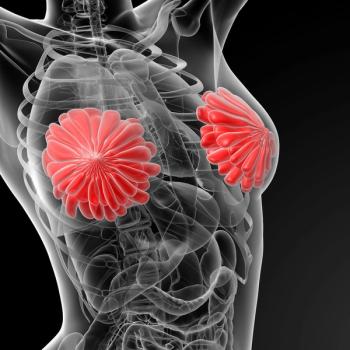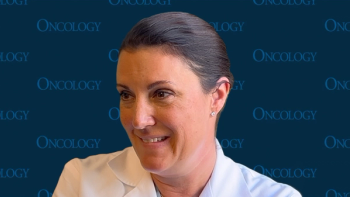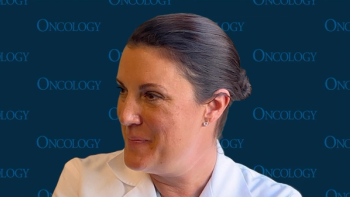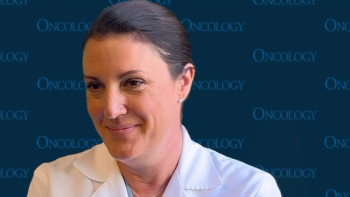
ALND Increases Arm Morbidity in Young Breast Cancer Patients
Undergoing axillary lymph node dissection is associated with increased arm morbidity in younger breast cancer patients compared with sentinel lymph node biopsy.
Undergoing axillary lymph node dissection (ALND) was associated with an increase in arm swelling and decreased range of arm motion among younger breast cancer patients compared with sentinel lymph node biopsy (SLNB), according to the results of a study presented at the 2017 San Antonio Breast Cancer Symposium.
These increased rates occurred in younger patients regardless of whether they underwent breast-conserving surgery or mastectomy.
“Breast cancer is the most common form of cancer in women under the age of 40, but younger breast cancer patients are frequently underrepresented in clinical trials,” said the study’s lead author, Anne Kuijer, PhD, a postdoctoral research fellow at Dana-Farber Cancer Institute/Brigham and Women’s Hospital in Boston and a surgical resident at Diakonessen Hospital Utrecht in the Netherlands, in a press release. “As a result, little is known about optimal treatment strategies and comorbidities, such as arm swelling and decreased range of motion, in younger patients.”
In recent years, studies have shown that the less invasive SLNB is safe in selected breast cancer patients with no or limited nodal involvement at diagnosis. Kuijer and colleagues wanted to assess the incidence of arm morbidity associated with the more extensive ALND compared with SLNB. The study included 1,302 women aged 40 or younger enrolled in the Young Women’s Breast Cancer Study who had undergone SLNB (55%), ALND (41%), or neither.
The researchers looked at the incidence of patient-reported arm swelling or decreased range of motion 1 year post-diagnosis. At that time, 13% of women reported arm swelling and 40% reported decreased range of motion in the arm of the same side as the breast tumor.
Among women treated with breast-conserving surgery, the rate of arm swelling was 6% among those who underwent SLNB and 24% among those who underwent ALND. Among women who underwent mastectomy, arm swelling occurred in 6% of those who received SLNB and 23% of those who received ALND.
Rates of self-reported decreased range of motion in the ipsilateral arm at 1 year post-diagnosis were even higher. For the group who received breast-conserving surgery, 32% and 36% of patients who had SLNB or ALND reported decreased range of motion, respectively. The rates were 28% and 44% for unilateral or bilateral mastectomy with SLNB and ALND, respectively.
According to Kuijer, these results highlight the importance of de-escalating axillary treatment when appropriate in young patients with breast cancer, and illustrates that even conservative surgery has long-lasting effects.
“Women should be encouraged to talk to their doctors about all of their options for surgery and the expected outcomes,” she said.
The study also showed that certain factors were associated with increased risk for arm morbidity, including being overweight at the time of diagnosis. Financial status also played a part. Women who described themselves as financially comfortable were less likely to develop arm swelling.
Kuijer noted that this study cohort included women who had been treated at some of the largest cancer centers in the Northeast. The study participants may have been of higher socioeconomic status and may have led more active lifestyles than the general population; if so, the incidence of arm morbidity in the general population may be higher.
Newsletter
Stay up to date on recent advances in the multidisciplinary approach to cancer.

















































































